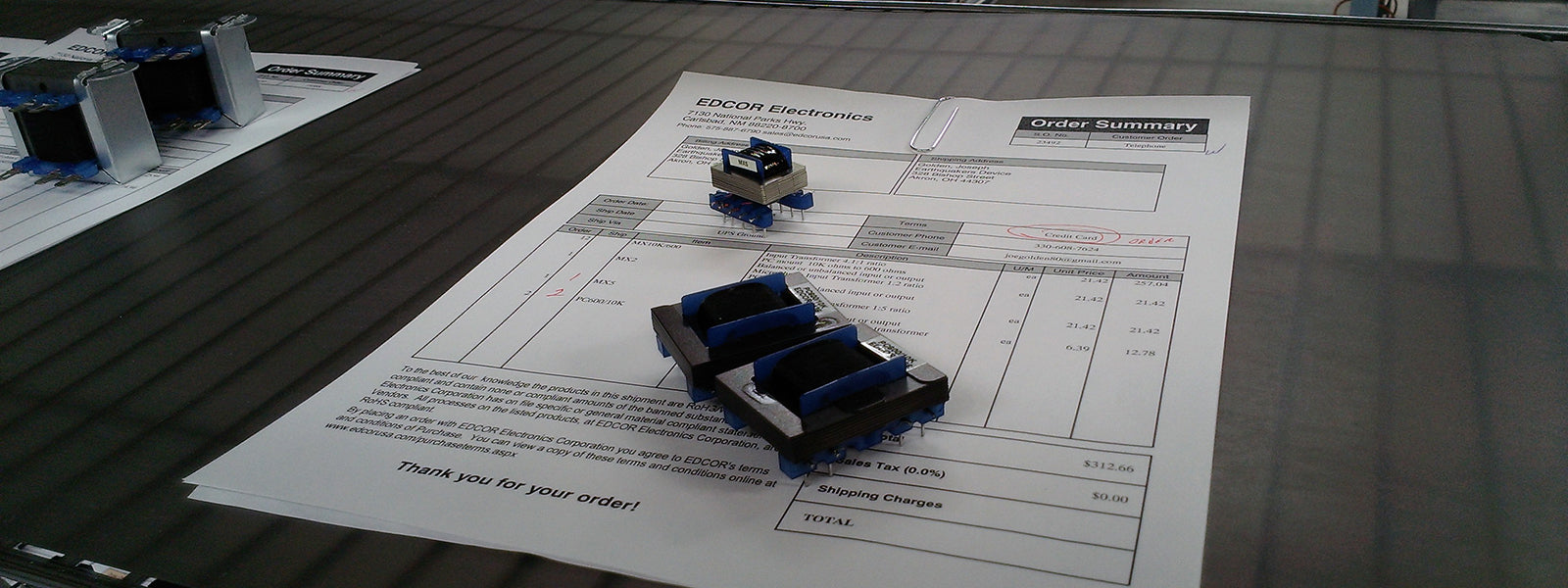
Unfilled Nylon 6/6
Unfilled nylon 6/6 has an outstanding balance of properties combining strength, moderate stiffness, high service temperature and a high level of toughness. It is resistant to impact, has a low coefficient of friction, and resists fuels, lubricants, and most chemicals. In addition, it is comparatively easily molded, filling then sections due to the low mold viscosity when molten. It is a crystalline polymer that sets up rapidly. This combination of easy fill and fast set up allows generally fast molding cycles.
Unfilled nylon 6/6, absorbs moisture and comes to equilibrium at a moisture content of 2.5%, at 50% relative humidity. This moisture acts as a plasticizer for nylon, somewhat lowering its strength and stiffness, but increasing its toughness and elongation. Where parts have been fully annealed, normal dimensional growth will be 0.006 inches per inch of length with the application of moisture at 50% relative humidity. Of, course, if the part is subsequently dehydrated, the process is reversed, stiffness increases and dimensions decrease as the moisture content decreases.
To day nylon 6/6, both filled and glass filled, accounts for approximately 50% of bobbin production. The combination of high temperature properties, toughness, abrasion resistance, and chemical resistance, along with its electrical properties is adequate for most power frequencies and voltages.
Glass Filled Nylon 6/6
The glass filled nylon normally used in bobbins is the same nylon 6/6 used in the unfilled variety, but with the addition of 30-35% glass, depending upon each manufacturer's specific formula. Because glass fibers do not absorb any moisture, the moisture absorption of glass filled nylon parts is reduced proportionally.
The addition of glass to the nylon increases the heat distortion point and raises the stiffness considerably. Glass fibers retain a memory of their original orientation even after realignment within the part during molding. After molding, these fibers begin to return to their original shape. Therefore, there is more warpage in the glass filled nylon parts. However, by varying the molding process, mold design and temperature control, the warpage of the glass filled nylon can be minimized.
By adding glass to the nylon, the material carries a UL heat distortion rating of 120°C. While unfilled has a flammability rating of V2, meaning it has restricted burning with dripping allowed, glass filled nylon is only classified as HB. The glass fibers act as a mat and will not allow the flaming material to drip away. Therefor, the nylon continues burning until the entire product is consumed.
Injection Molding
The method that is most widely used today for making bobbins is the injection molding process. The process can be adapted to mold both thermoplastic and thermosetting materials, relatively cool material is injected into a hot mold and after a short period of time the mold is opened and the parts are ejected. When molding thermoplastic materials, the material is heated in the cylinder, injected, and then cooled in the mold prior to removal of the parts.
| Physical | ASTM Test Method | Nylon 6/6 (30% Glass Filled) |
| Density (lb/in^3) | D-792 | 0.049 |
| Specific gravity | D-792 | 1.38 |
| Water absorption, %, 24 hrs. | D-570 | 0.7 |
| Water saturation, % | D-570 | 5.4 |
| Mechanical | ||
| Tensile strength, psi x 103 | D-638 | 27/18 |
| Tensile modulus, psi x 105 | D-638 | 14 |
| Elongation, % | D-638 | 3/4 |
| Flexural Strength, psi x 103 | D-790 | 38 |
| Flexural Modulus, psi x 105 | D-790 | 12 |
| Compressive strength, psi x 103 | D-638 | 42 |
| *Notched izod impact, ft-lbs/in. | D-256 | 2.2/2.5 |
| Rockwell hardness | D-785 | M101 |
| Thermal | ||
| Thermal expansion, in/in/°C x 10-5 | D-696 | 2.3 |
| Heat distortion, ºF, 264 psi | D-696 | 480 |
| Heat distortion, ºF, 66 psi | D-696 | 500 |
| Melting Point, °F | D-3418 | 491 |
| Continuous operating temp, °F | - | 230 |
| Flammability | ||
| Flammability rating | UL-94 | HB |
| Hot wire ignition, seconds | UL-746 | 9 |
| Electrical | ||
| Dielectric strength, v/mil. 0.125 in. thick | D-149 | 530 |
| Volume resistivity, ohm-cm | D-257 | 1015/109 |
| Dielectric constant, 100 Hz | D-150 | 4.5/25 |
| Arc resistance, seconds | D-2873 | 24 |
NOTE: The information contained herein are typical values intended for reference and comparison purposes only. They should NOT be used as a basis for design specifications or quality control. Contact us for manufacturers' complete material property datasheets. All values are dry as molded / 50% relative humidity and 73°F (23°C) unless otherwise noted.

